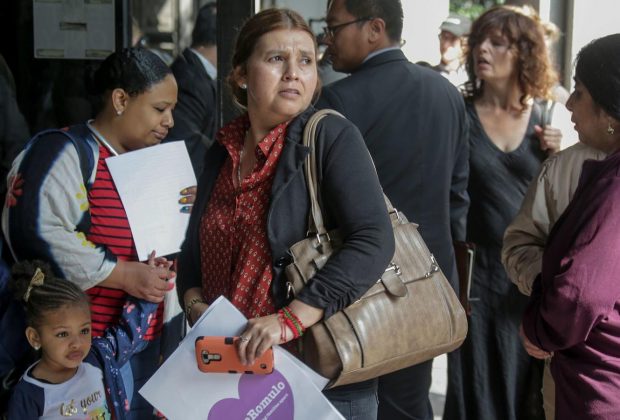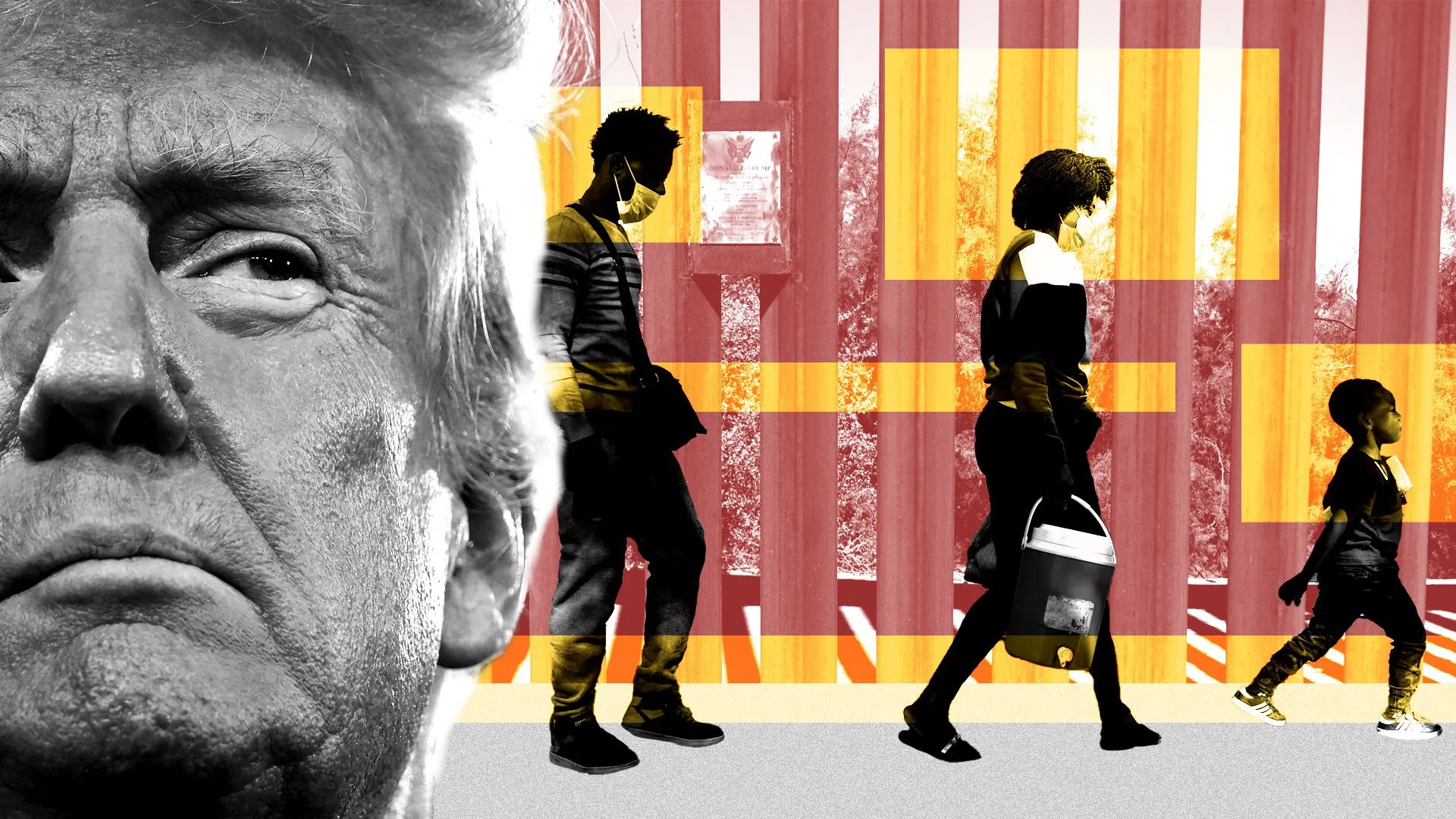By: The Times Editorial Board, Los Angeles Times ~ June 30, 2017
Increased immigration enforcement has been one of the hallmarks of the Trump administration, with federal agents directed to seek the deportation of just about anyone they find in the country illegally no matter how long the person might have lived here or how deep the ties to family and community. In the first 100 days after the president’s inauguration, immigration arrests climbed nearly 40% over the previous year, a pace that will almost certainly increase if Congress accedes to President Trump’s request to hire an additional 10,000 Immigration and Customs Enforcement agents to be assigned to the nation’s interior, and another 5,000 Border Patrol agents to work within 100 miles of the border.
Those buying into Trump’s view of illegal immigrants as rapists, murderers and job stealers have no doubt been cheered by the enforcement effort, and they probably aren’t bothered by the rush to expand detention space to house those facing deportation hearings. But even they should recognize that capturing and incarcerating people is only part of the equation.
While the government — under President Obama and now Trump — has been ramping up immigration enforcement and detention, it has not invested a parallel amount of money in expanding the immigration courts’ capacity to handle the cases. Spending on immigration courts increased only 74% from 2003-2015 while enforcement spending went up 105%. Trump’s 2018 budget would increase the total number of judicial positions, but it’s not clear if that will become law and for the moment the backlog of cases is continuing to grow.
At the end of September, the number of pending immigration cases stood at 516,031, according to data collected by the Transactional Records Access Clearinghouse at Syracuse University. By the end of May, that backlog had jumped to 598,943 cases, which have been pending for an average of 670 days each. New York City has the biggest backlog (78,670 cases), followed by Los Angeles (57,090).
Making matters worse, the Trump administration has temporarily reassigned judges to detention centers in Southern California, Arizona, New Mexico and Texas to handle cases primarily involving recent border-crossers. The problem with that is that fewer people aregetting caught at the border these days, so moving judges there makes little sense. Why then is it happening? The answer: Optics. Sending judges to the border looks like a commitment to stronger and more serious enforcement, when in reality it’s a Potemkin effort that exacerbates backlogs in the courts from which the judges are transferred. At the same time, immigration lawyers say government attorneys have lately become tougher in their cases, taking harder lines with immigrants and reopening cases that had been suspended, adding more drag on the system.
This enormous backlog has real-life consequences. People in detention centers or jails are spending more time incarcerated as they await hearings on whether they will be allowed to remain in the country. For those with legitimate requests for asylum or other relief from deportation, the delays prolong uncertainty about whether they have found a sanctuary.
This should not make the anti-illegal immigration folks happy. If people aren’t getting deported but are just stuck in limbo in the immigration system, then Trump’s ramped-up enforcement program is a chimera. Those immigrants who should be found ineligible to remain in the country because of criminal pasts or other disqualifications wind up, in effect, with open-ended reprieves.
The system is not working well for anybody except, perhaps, the operators of private prisons and local jails with ICE contracts that handle most of the detained immigrants. For a president who prides himself on his business and managerial acumen, this is a grotesquely failed approach to management.
Instead of taking this piecemeal approach to immigration enforcement, the administration should work with Congress to develop comprehensive immigration reform legislation that would create a path to citizenship for those who have established roots in our communities while tightening up enforcement at the border and tackling visa overstays. The Republican Party controls the White House and Congress. It has no excuses for not getting this done.
Source: Los Angeles Times







